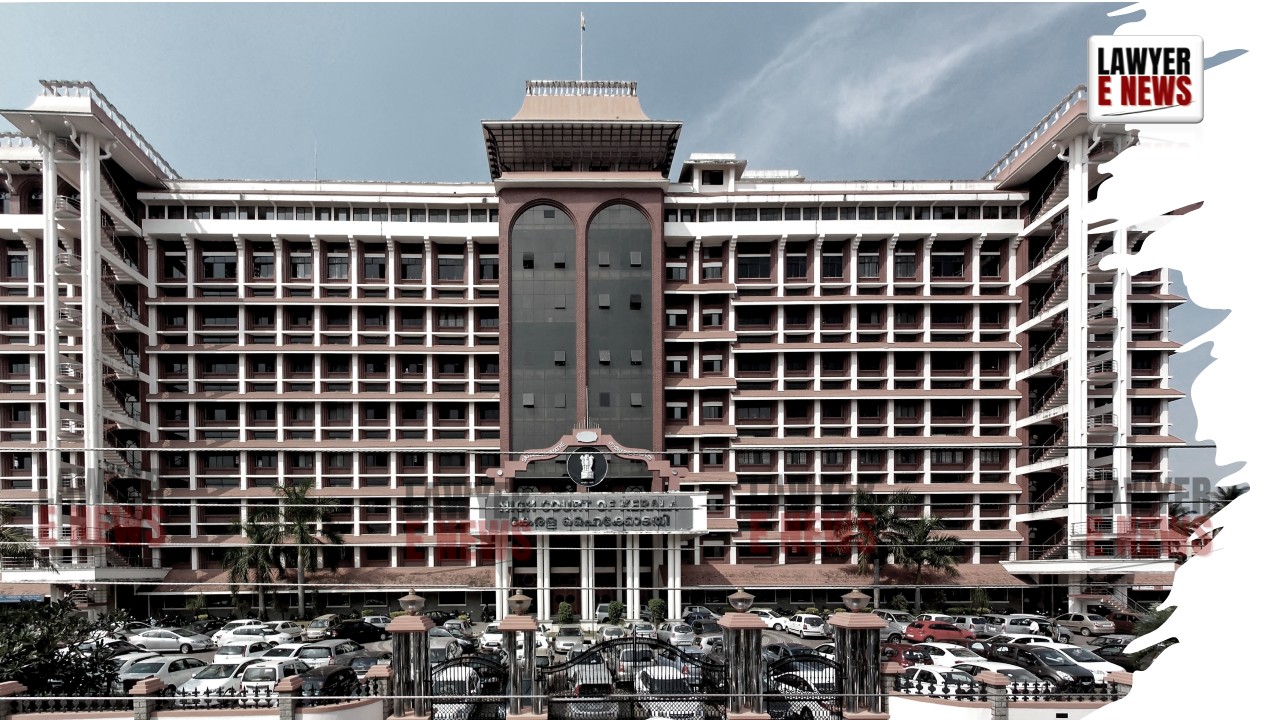-
by Admin
17 December 2025 8:55 AM



Kerala High Court acquitted two co-accused in a murder case while partially allowing the appeal of the first accused. The Court held that the evidence was insufficient to establish common intention under Section 34 IPC against the second and third accused. However, it upheld the conviction of the first accused under Section 302 IPC, modifying the sentence imposed by the Sessions Court, Kollam.
The judgment comes in the case of Ajayan v. State of Kerala and two connected criminal appeals, where the appellants challenged the findings of the trial court that convicted all three accused for the murder of Anoop at Nettayam Junction on July 8, 2010. The Court found the trial court’s reasoning flawed regarding the second and third accused and noted procedural errors in the recovery of evidence.
The prosecution alleged that on July 8, 2010, the three accused attacked Anoop at Nettayam Junction around 9:30 PM with dangerous weapons. The first accused, Ajayan, used a chain saw to inflict fatal injuries on the head and body of the victim, while the second and third accused, Anoop Khan and Binu, were alleged to have participated in the attack by stabbing and stamping the victim. Anoop succumbed to his injuries the following day.
The Sessions Court convicted all three accused under Section 302 read with Section 34 IPC. The first accused was sentenced to life imprisonment with a directive to serve 25 years without remission, while the second and third accused received life imprisonment with different conditions.
"Common Intention Requires Overt Acts or Preconcert": High Court on Section 34 IPC
The Court meticulously analyzed the evidence to determine whether the second and third accused shared a common intention with the first accused. Justice Balakrishnan emphasized that under Section 34 IPC, the prosecution must prove a "pre-arranged plan" or "concerted action" in furtherance of a common intention. He observed:
“The essence of liability under Section 34 is simultaneous and conscious mind of the persons participating in the criminal action to bring about a particular result. The phrase 'common intention' implies a prearranged plan and acting in concert pursuant to the plan.”
The High Court found no substantive evidence to establish that the second and third accused had participated in the attack with a shared intention. None of the witnesses, including the prosecution’s key eyewitnesses (PW2, PW3, and PW4), testified that the second and third accused carried weapons or committed overt acts during the incident. The Court concluded:
“There is nothing even to infer that these accused have participated and engaged themselves in furtherance of the common intention which might be of a prearranged plan or one manifested at the spur of a moment in the course of commission of the offence.”
Eyewitness Testimony and Recovery Evidence: Gaps in the Prosecution Case
The prosecution relied on the testimony of eyewitnesses PW2, PW3, and PW4, who identified the first accused as the assailant using a chain saw (MO1). However, inconsistencies in their accounts weakened the case against the second and third accused. For instance, PW3 admitted he did not see the second and third accused holding weapons, and PW4 confirmed that they did not commit any overt acts. The Court found that their presence at the scene was insufficient to implicate them under Section 34 IPC.
Regarding the recovery of weapons, the Court noted that procedural flaws rendered the evidence unreliable. The prosecution failed to establish the exact information received from the accused under Section 27 of the Indian Evidence Act that led to the recovery of MO1 and MO2 (the saw chain and sword). The Court remarked:
“Mere marking of the relevant portion of the statement will not tantamount to proof of the same. The investigating officer is bound to depose the exact information he had received from the accused which led to the recovery.”
Despite the faulty recovery process, the High Court relied on direct eyewitness testimony to confirm the use of MO1 by the first accused in the attack. Bloodstains found on MO1 and the clothing of the first accused (MO3 and MO4) corroborated the prosecution's case against him.
The High Court found that the Sessions Court had erred in imposing a "special category" life sentence on the first accused, directing that he serve 25 years without remission. Citing precedents, including Union of India v. V. Sriharan @ Murugan [(2016) 7 SCC 1], the Court held:
“It is settled law that a Sessions Court has no power to sentence the accused to undergo imprisonment for life with a rider that the accused shall not be released for a period of 20 years. Such special category of sentence can only be imposed by the High Court or Supreme Court.”
The Court modified the sentence of the first accused to life imprisonment with a fine of ₹50,000, payable to the wife and children of the deceased. In default of payment, the first accused would undergo simple imprisonment for two years.
“Acquittal for Lack of Evidence Does Not Equate to Innocence”: Observations on Second and Third Accused
While acquitting the second and third accused, the Court clarified that the acquittal was due to the prosecution’s failure to prove its case beyond reasonable doubt, particularly the absence of evidence establishing common intention or overt acts. Justice Balakrishnan remarked:
“Even though the prosecution has adduced convincing evidence to prove the involvement of the first accused in this crime, no credible evidence has been let in to prove that the second and the third accused were possessing weapons or have attacked the deceased at the relevant time.”
The High Court directed that the second and third accused be set at liberty immediately, unless required in other cases.
The Kerala High Court's decision highlights the necessity of clear and credible evidence to establish common intention under Section 34 IPC. It underscores that mere presence at the scene of a crime cannot substitute for substantive proof of participation in the offence. The judgment also reiterates the limitations of sentencing powers of trial courts in cases of life imprisonment.
Date of Decision: January 24, 2025
